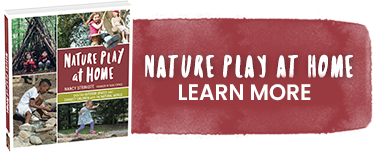From coast to coast, this is school garden tour season! This week I’m bringing you news of another city where exciting things are happening for kids. I visited 7 wonderful DC school gardens on a recent rainy Saturday.
The theme of this year’s tour, which capped off a school garden week full of workshops, contests and events, was to show the diversity of ways that school gardens “take root”. The tour highlighted parent-led, teacher-led, outside organization-initiated and even alumni-driven school garden initiatives.
Signage is always an issue in gardens where students and visitors need to understand the intent. There were a variety of great sign examples on the tour.
We started the morning at The Watkins Living Schoolyard, a 17 year old school garden which began as a collaboration between parent Molly Dannenmaier (author of A Child’s Garden) and teachers in the school’s Montessori program. Watkins Schoolyard now includes nine outdoor classrooms and the newest addition, an indoor Kid’s Kitchen that includes a cooktop with demonstration mirror, double ovens, undercounter grow lights and is staffed by a kitchen teacher who uses fresh produce from the edible garden to teach nutrition. A curriculum for first, third and forth grades will be available online this fall. This schoolyard is completely integrated into the curriculum at the school with the full support of the staff and administration.
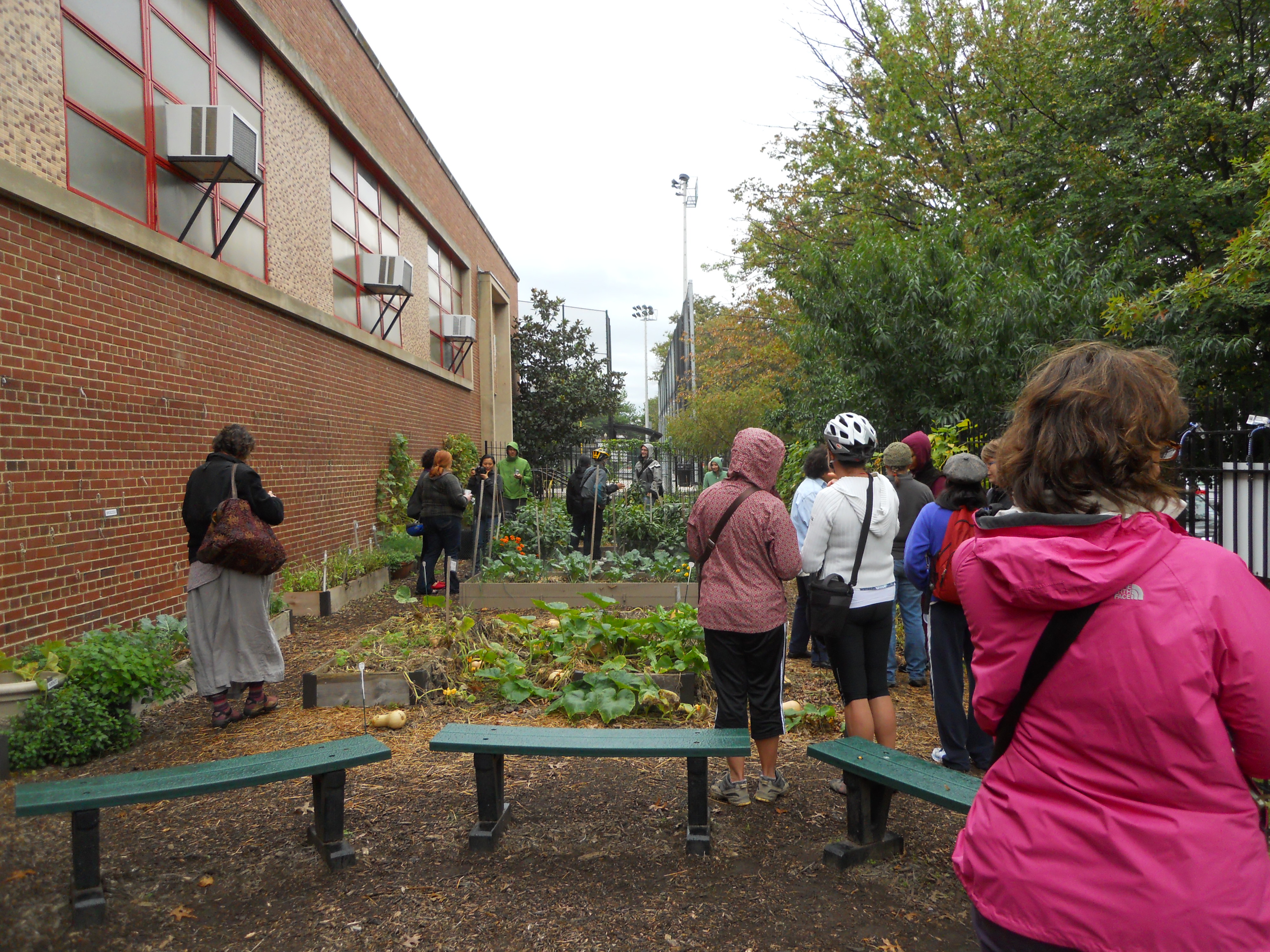
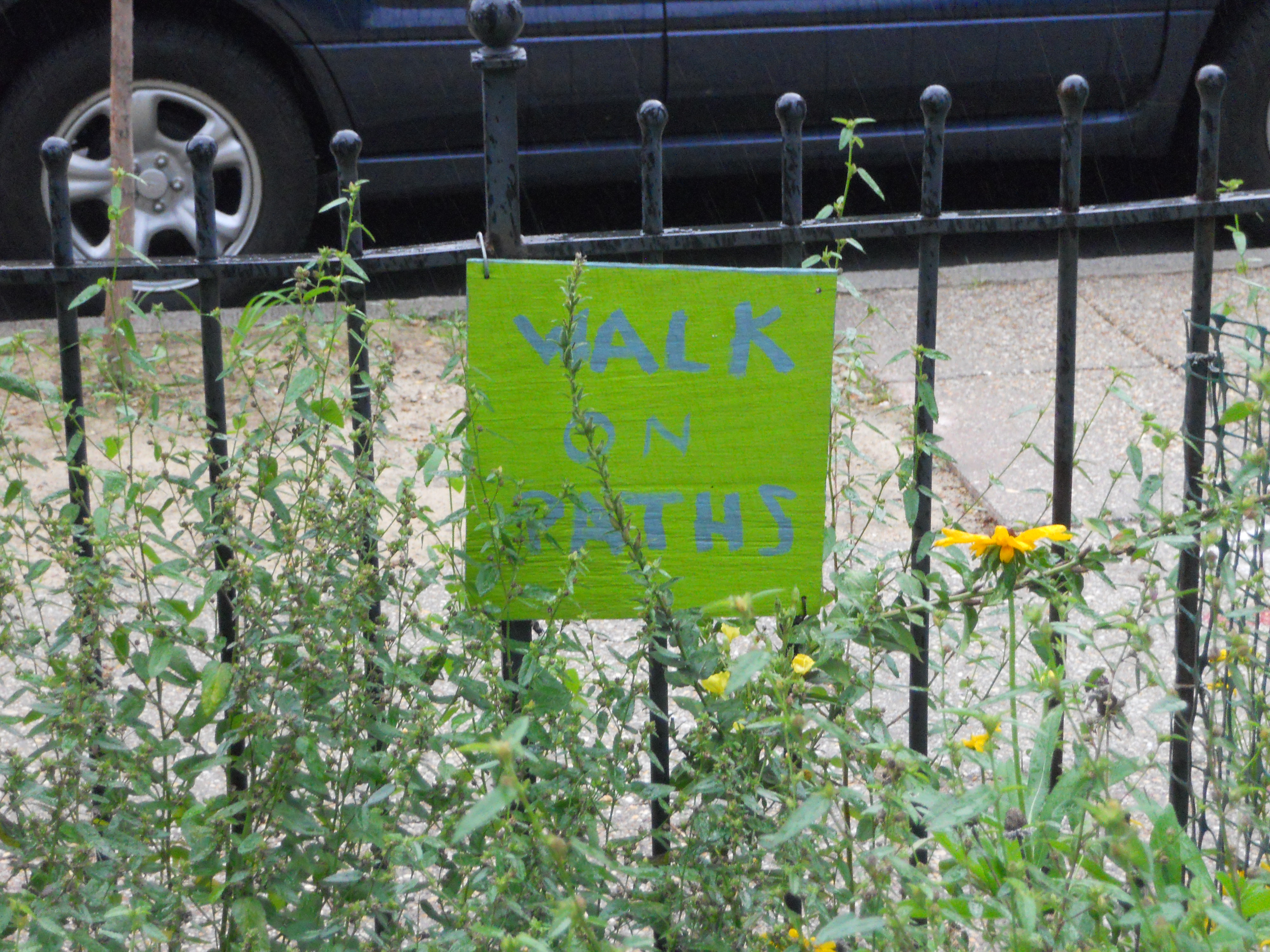
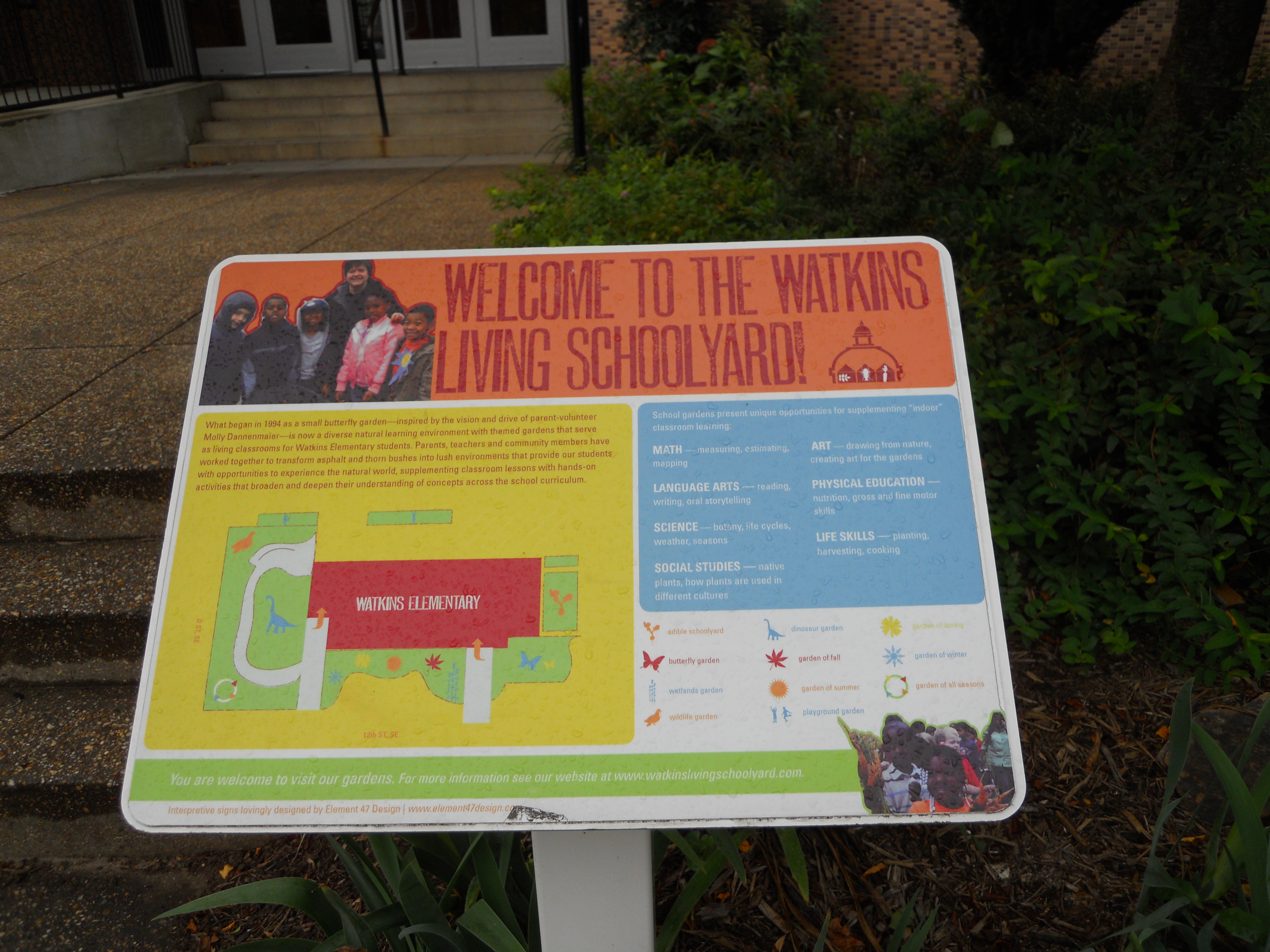
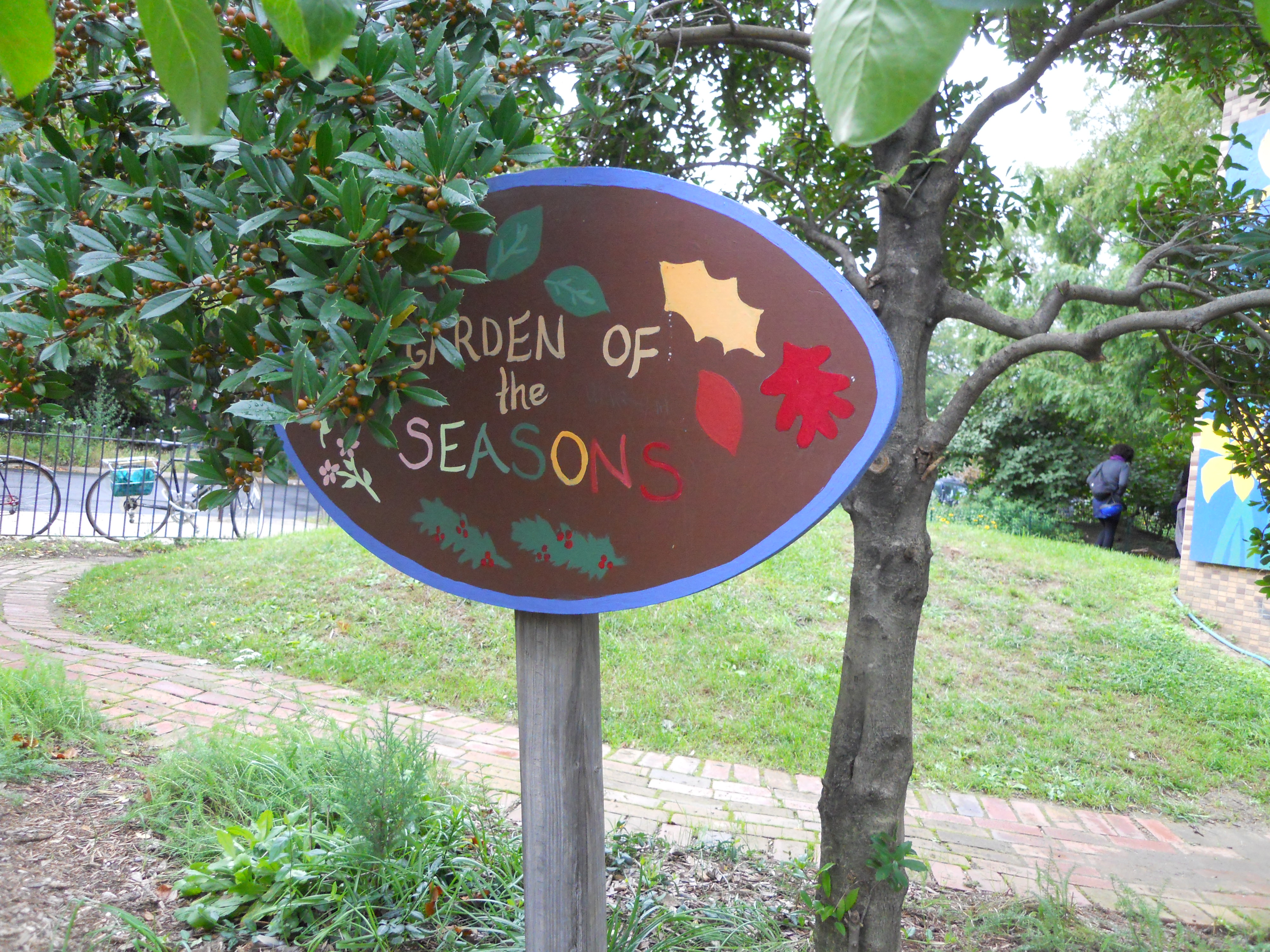
The next stop on the tour was Kimball Elementary, where a collaboration between the nonprofit Lands and Waters and the school community brings nature to the schoolyard.
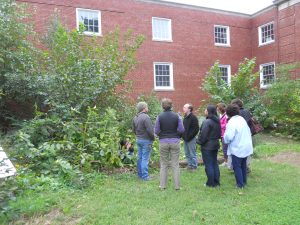
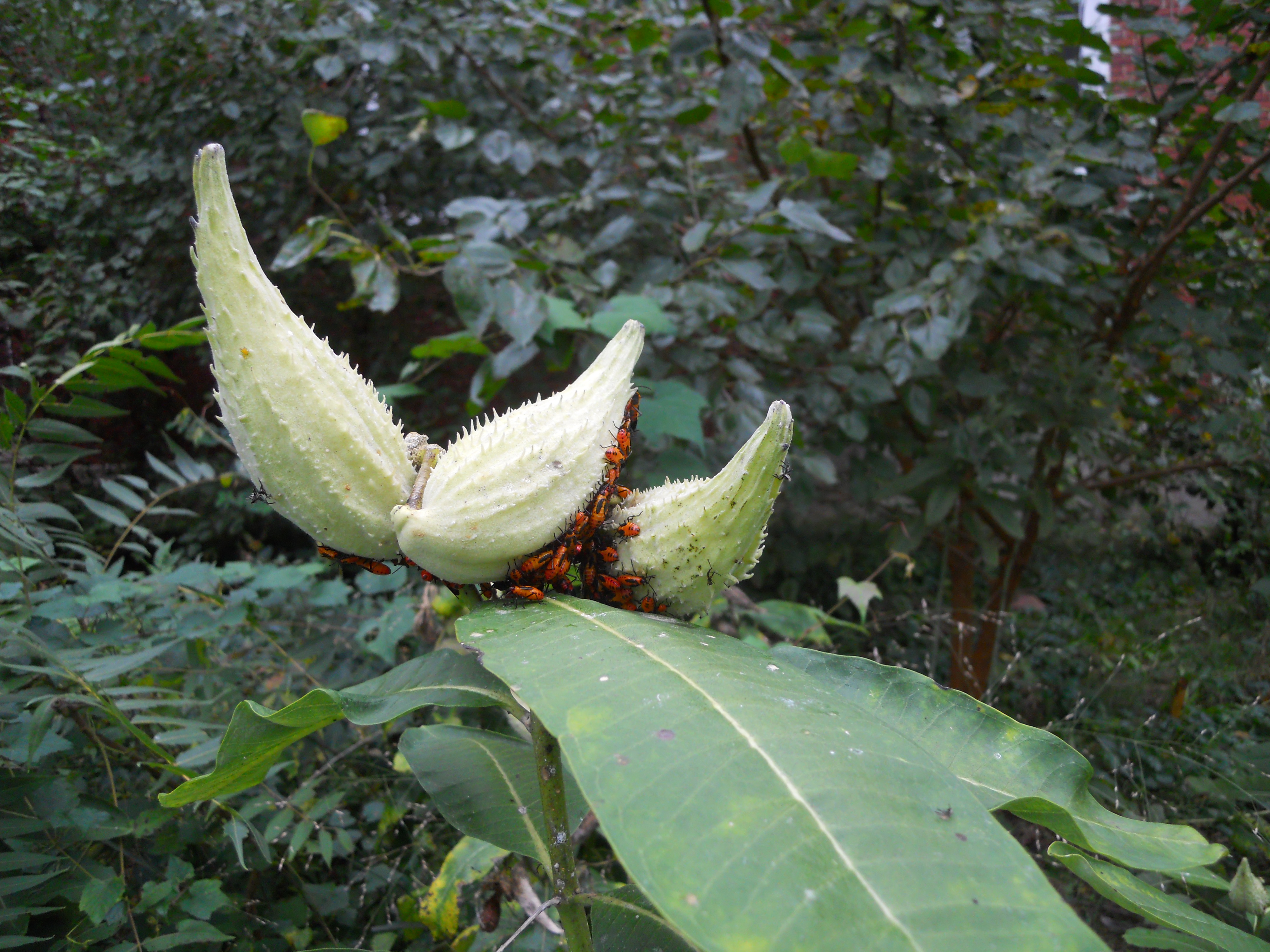
At Coolidge High School a unique partnership between ASLA, the very active alumni association, and a wide variety of sponsors and volunteers is working to restore the original 1938 Greenhouse, and has created a master plan and an extensive series of raised beds, seating and pathways. Science, math, special ed, art and English teachers at the high school are all getting on board to develop lessons and bring their classes outdoors.
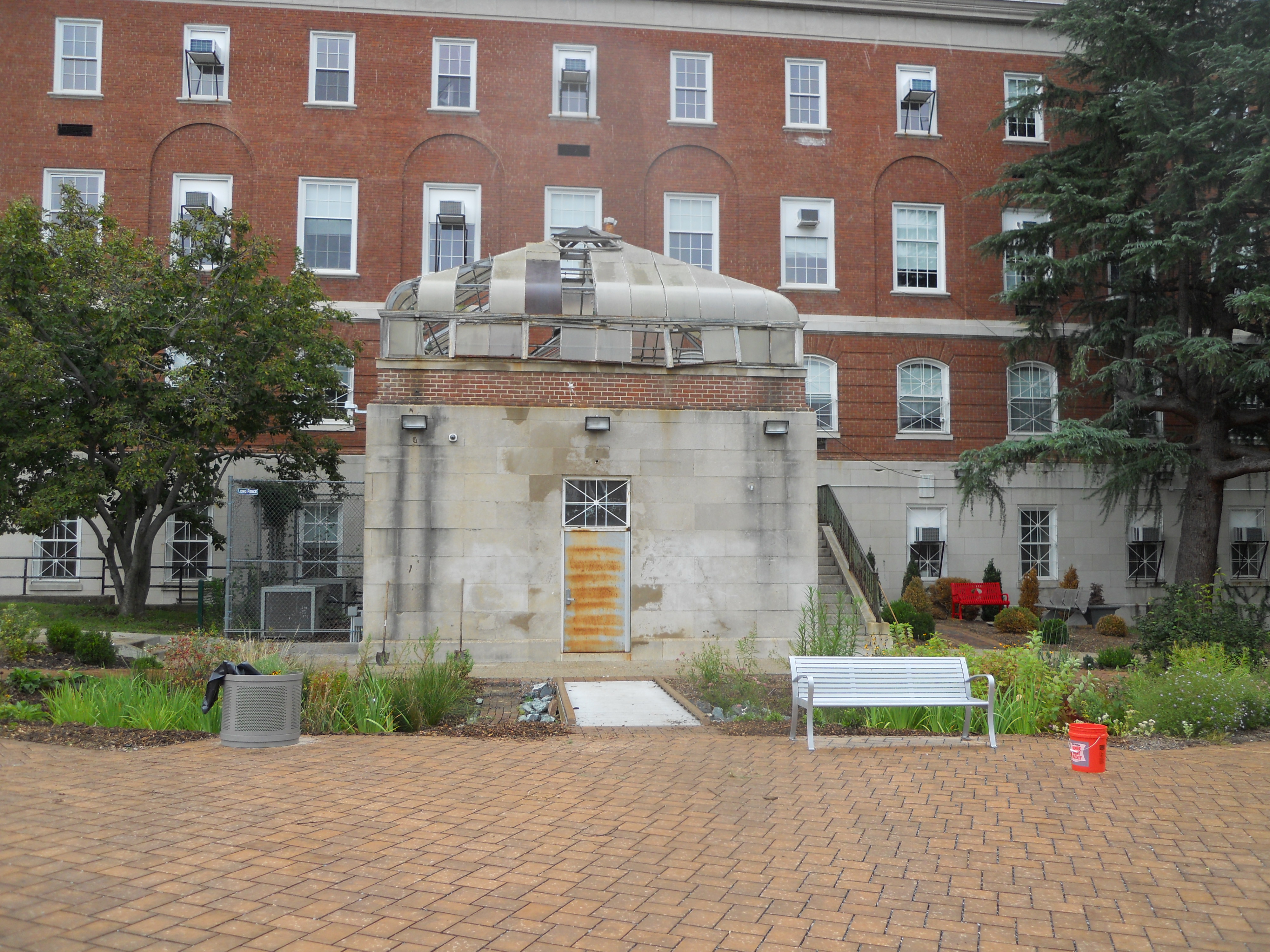
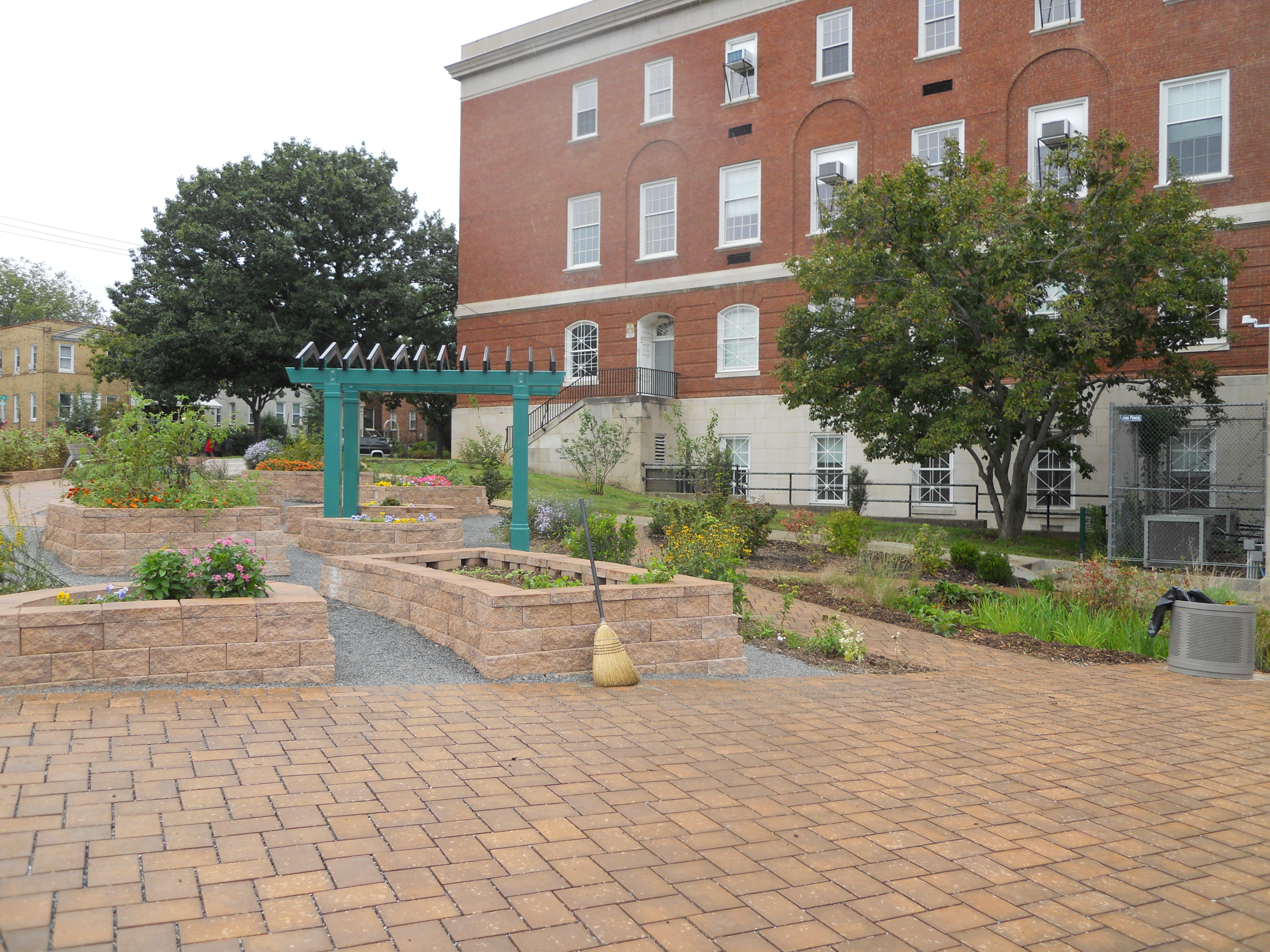
The six outdoor classrooms at Murch Elementary are supported by an active group of parents (90 of 200 families are involved). Parent volunteers coordinate frequent special events, classroom support and garden maintenance. At School Garden week’s special recess tour, kids with passports visited all 6 of the gardens usually used by only one grade. Kids got to learn about gardens they don’t often work in and earned stickers on their passports from parents manning each station.
This school participates in the Chefs Move to Schools program, launched by Michelle Obama, which brings chefs (in chef suits) to schools where they cook school garden harvests and encourage healthy eating.
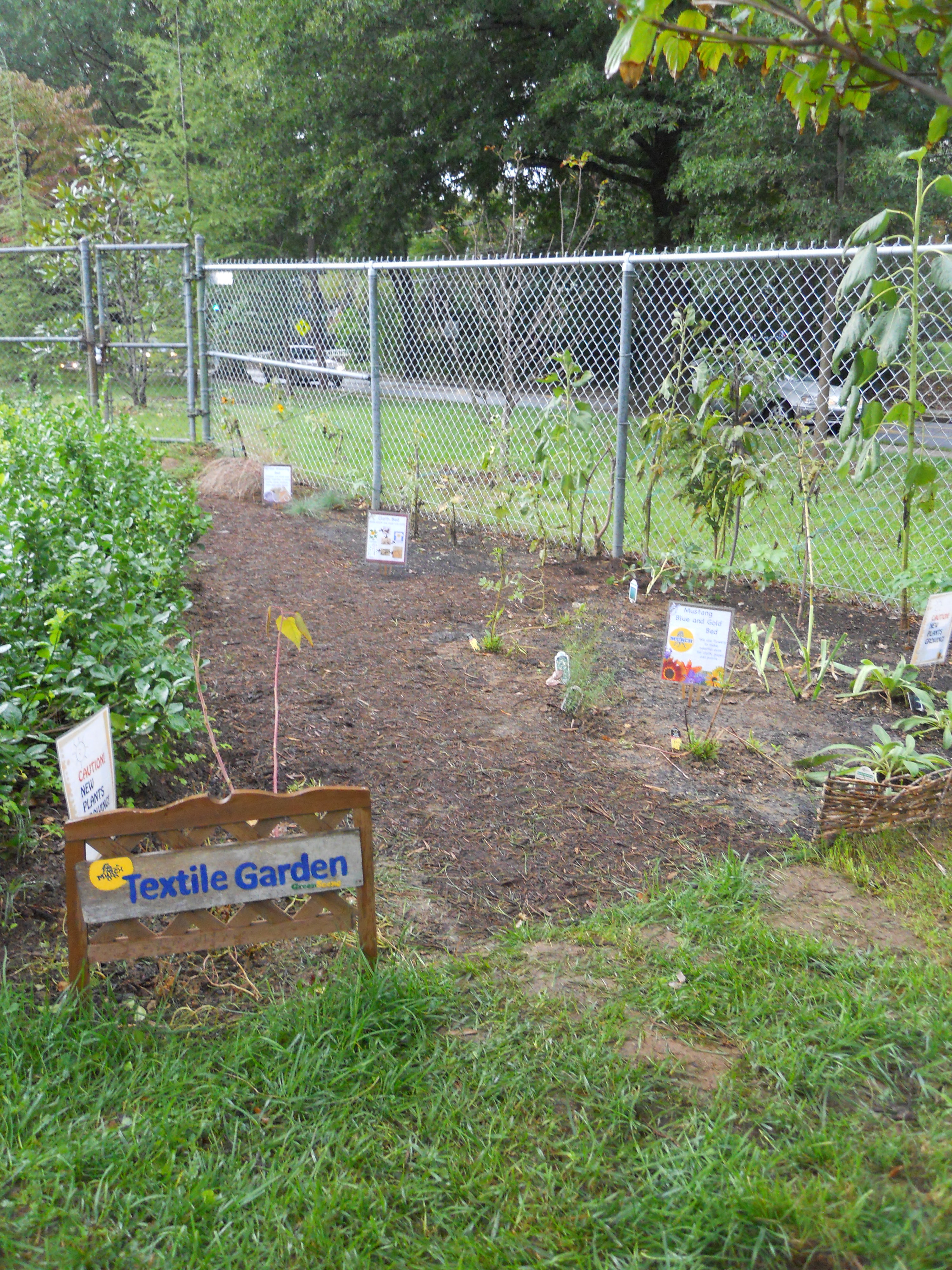
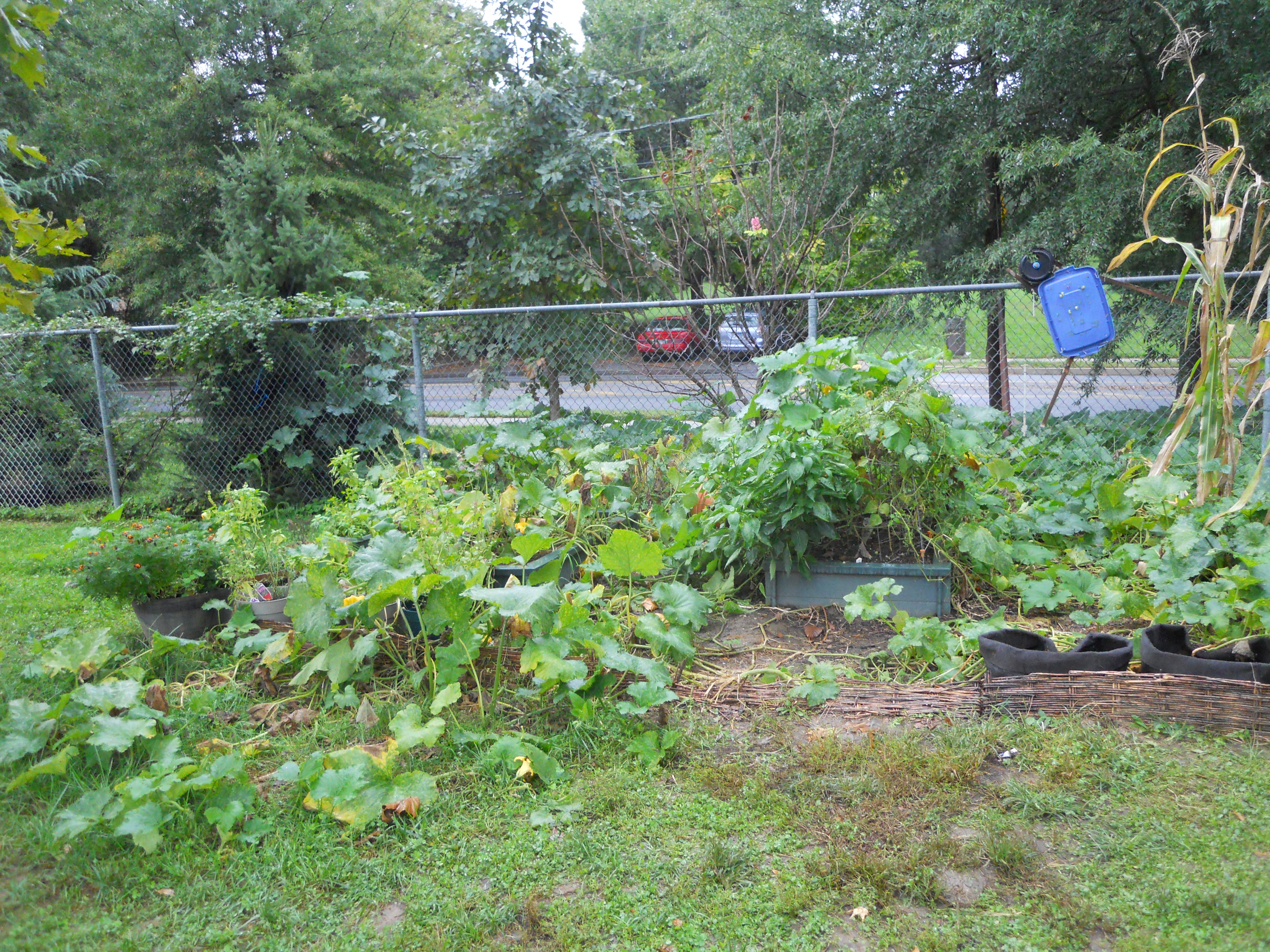
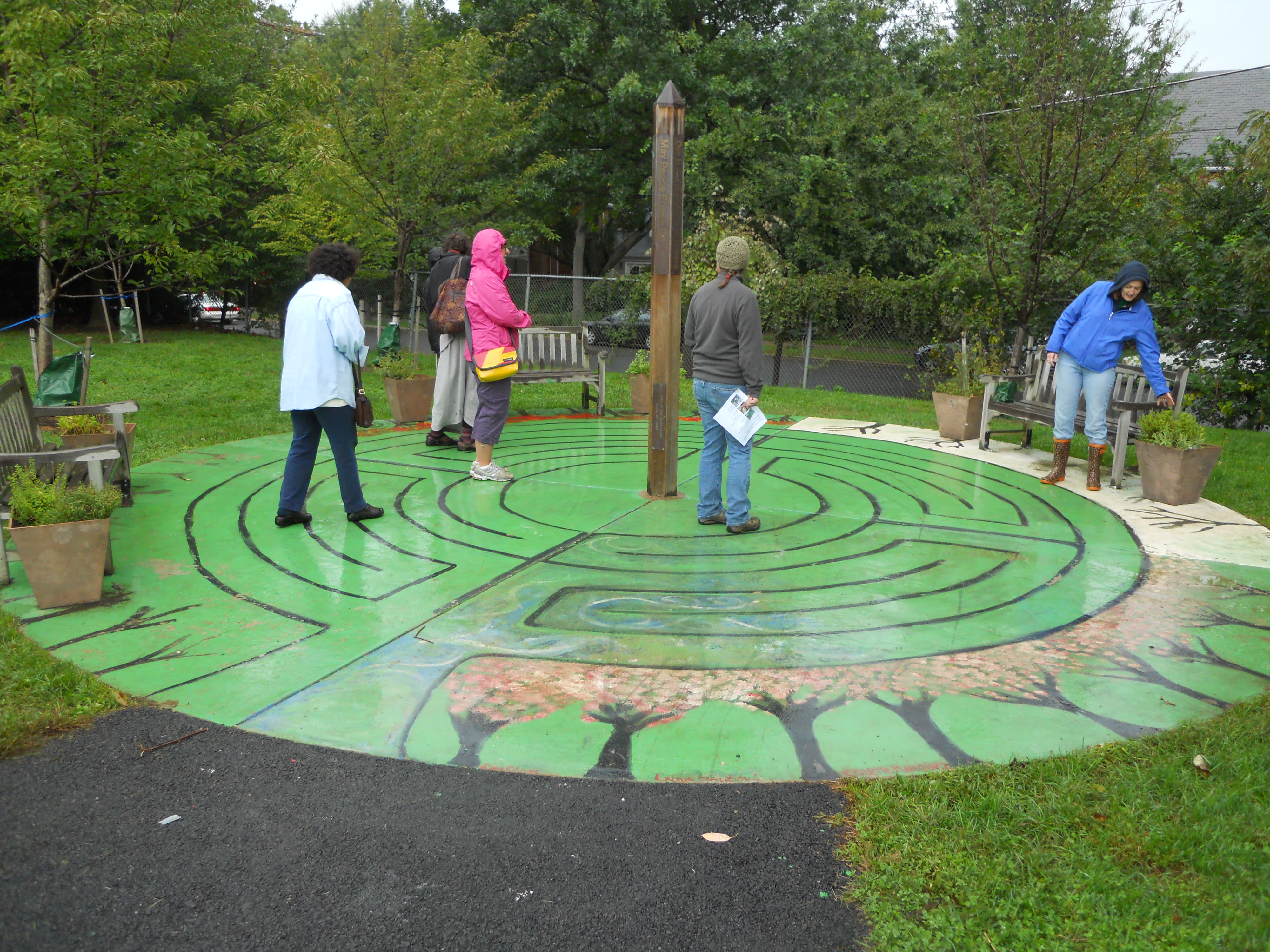
Lafayette Elementary has the newest garden of the tour. Students at the school are planting vegetables and painting signs, cooking and eating with chefs and even blogging about their adventures in their one year old garden. This effort is supported by a group of dedicated parents who help with cooking classes and garden maintenance.
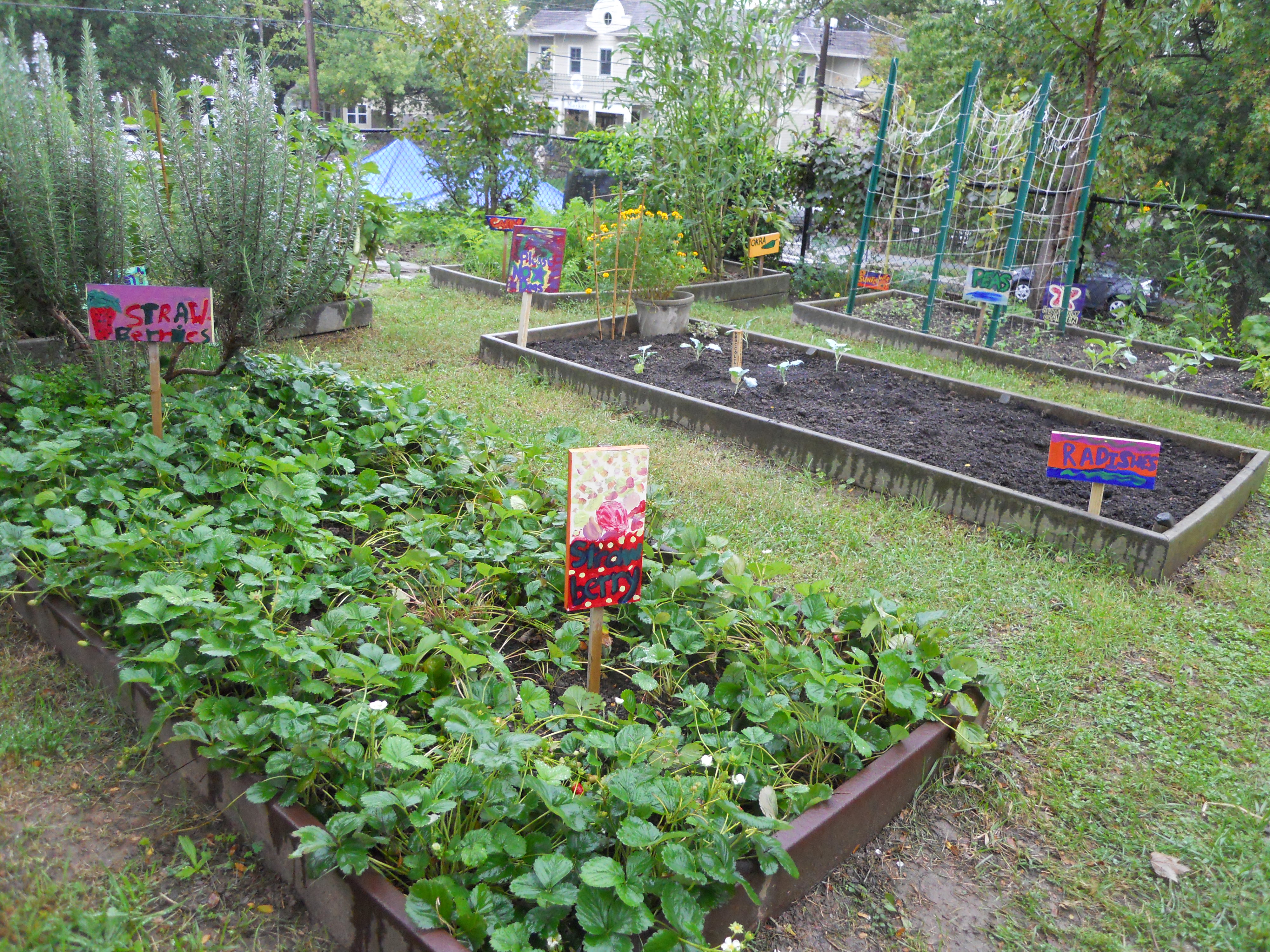
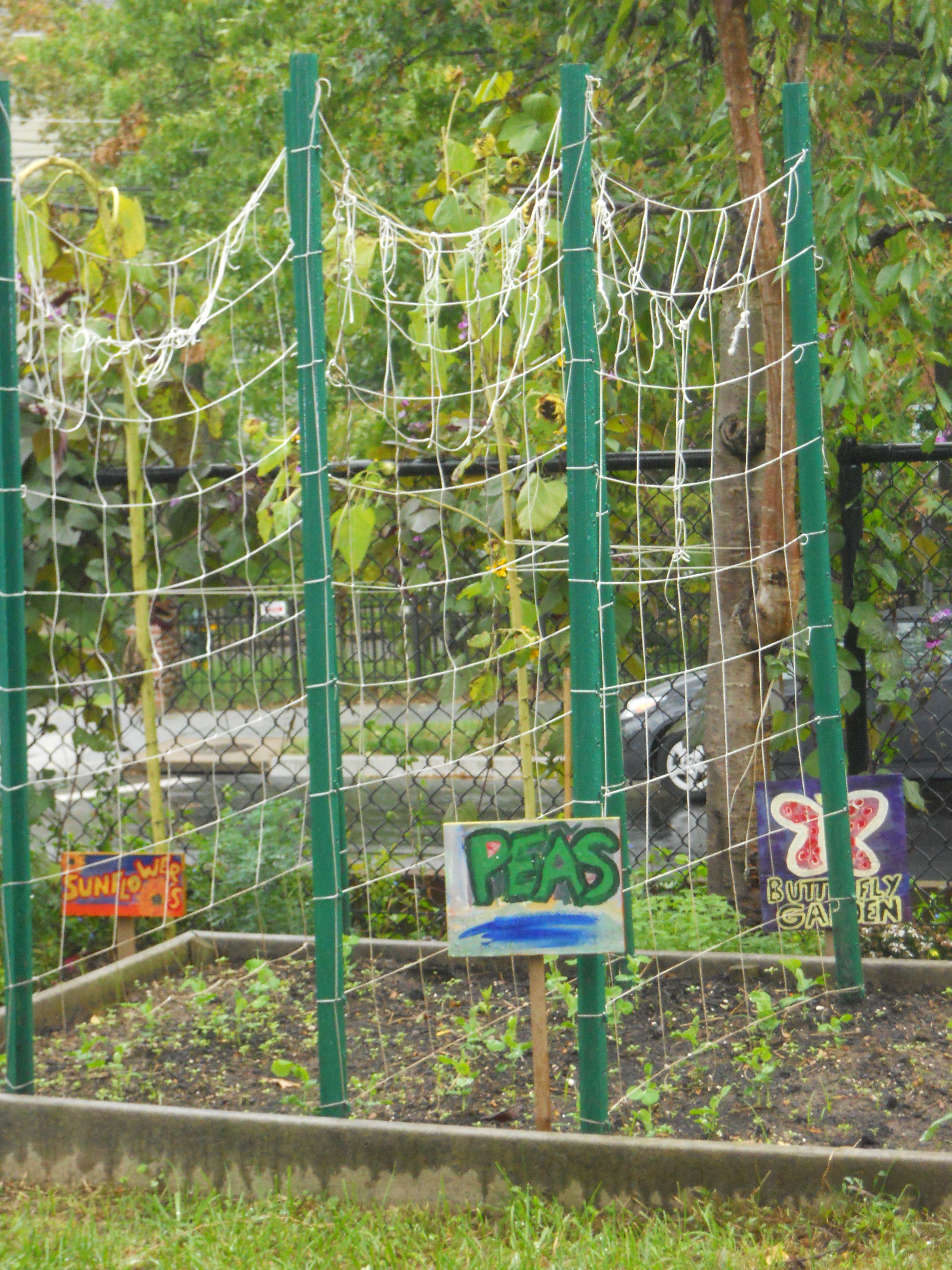
The tour ended at Tubman elementary, where an effort initiated by two teachers has led to a schoolwide gardening program with strong ties to the White House. Michelle Obama and White House chefs have worked in the Harriet Tubman gardens, and the Tubman students garden and dine regularly at the White House. President Obama signed the Healthy Hunger-Free Kids Act at Harriet Tubman. This hard to replicate model has generated a great deal of excitement and garden support among students, parents and community at Tubman!
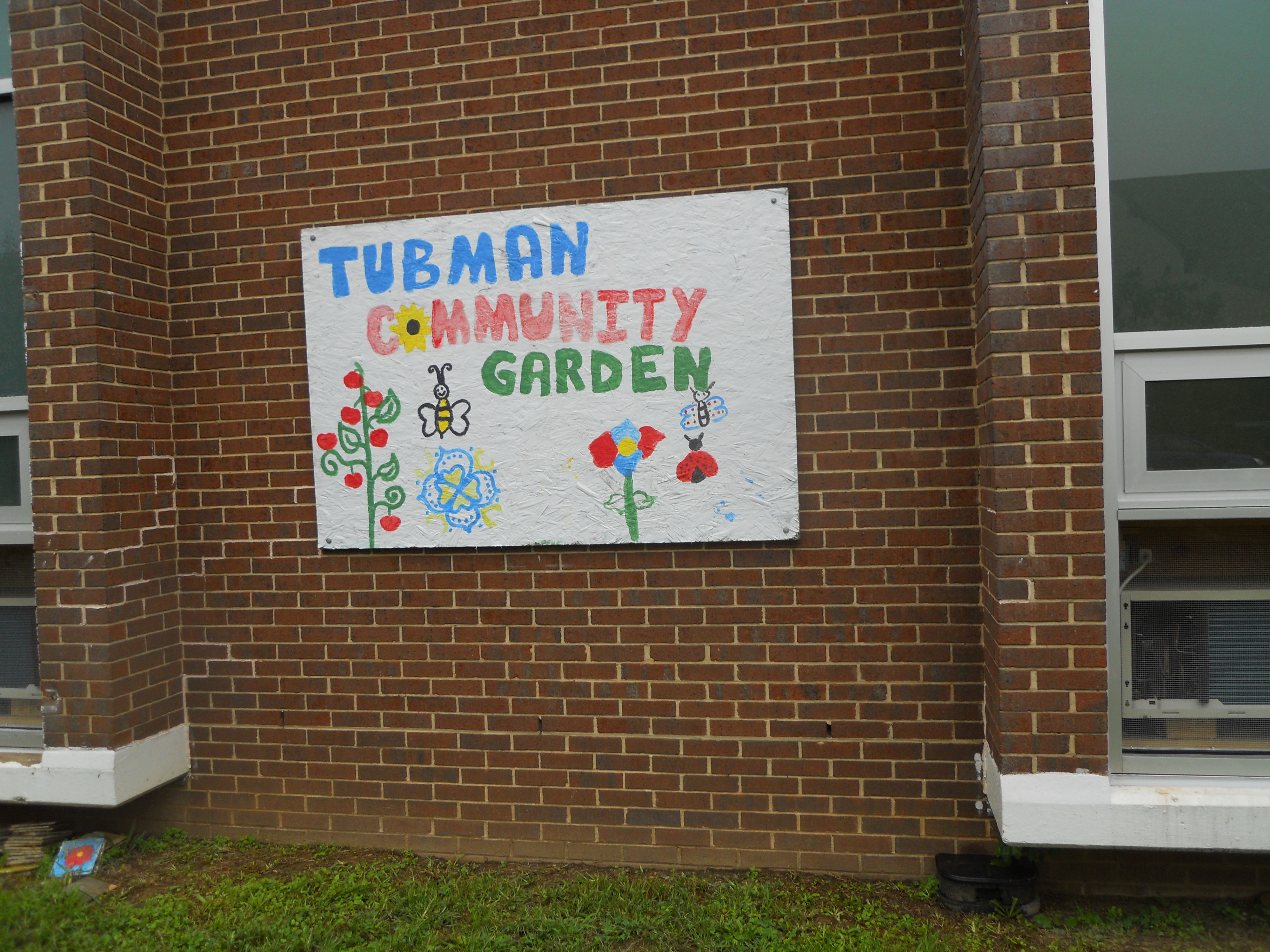
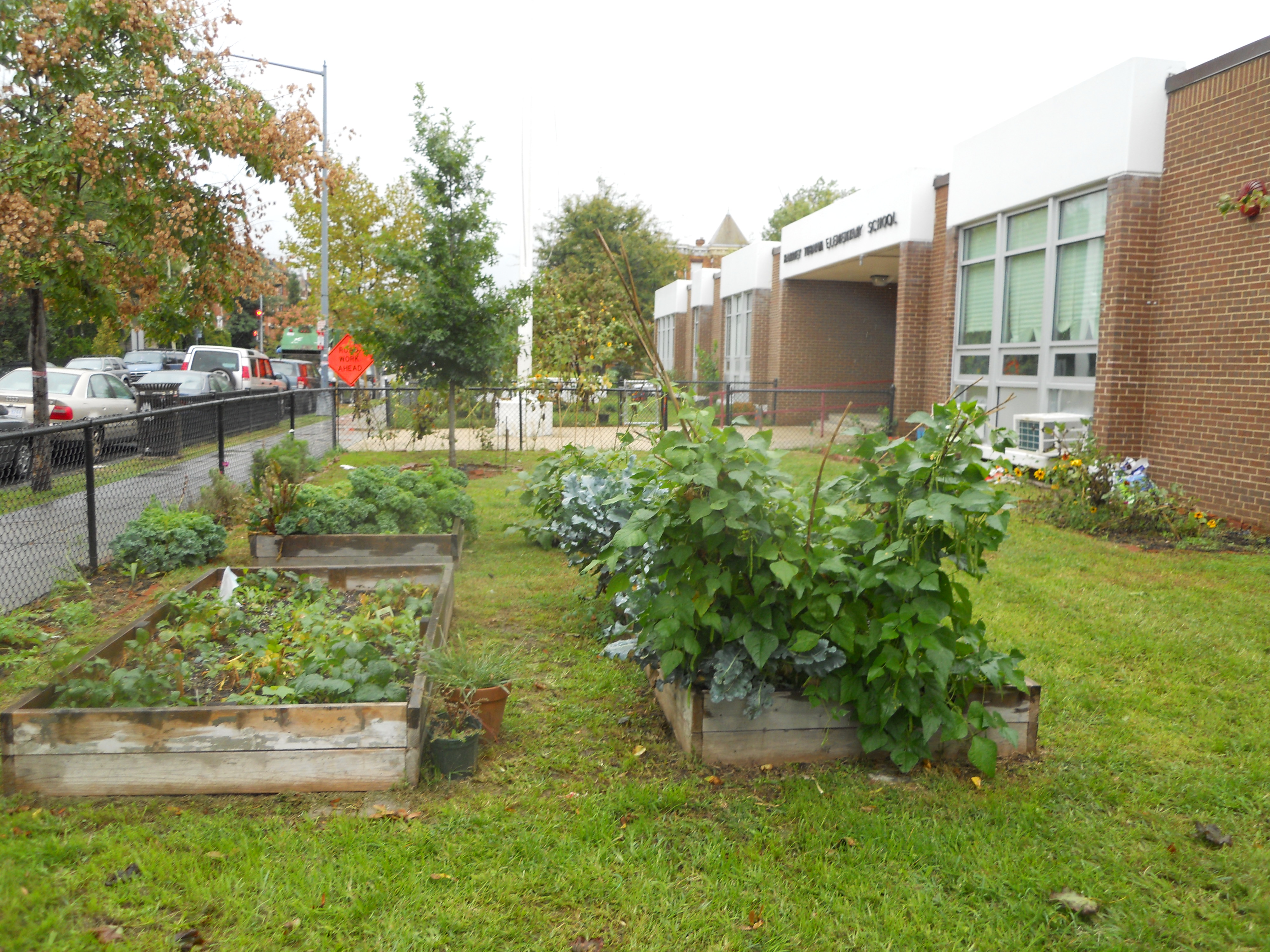
And finally, thanks to DC school garden sponsor Chipotle, for a warm and delicious donated lunch for the cold, wet and inspired garden tour participants.

